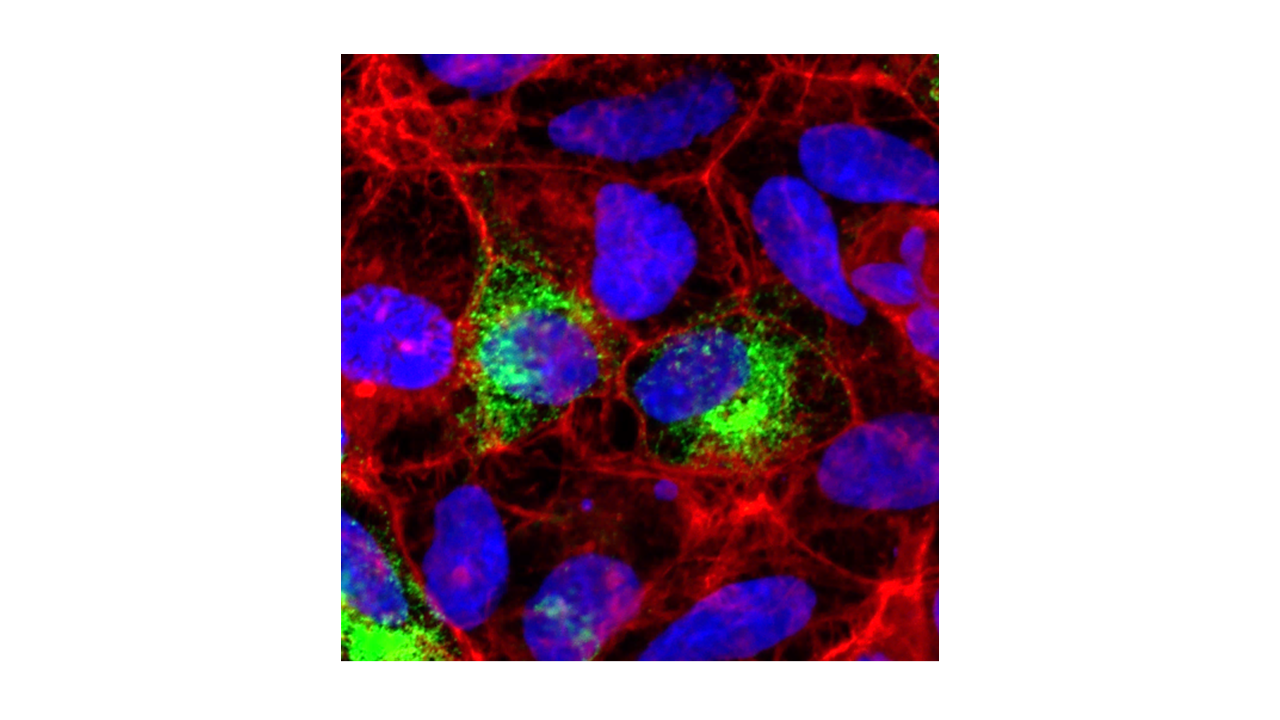
Bone and teeth are ‘hard’ tissues in our body, which are normally mineralized by the deposition of calcium phosphate minerals. However, some genetic and chronic diseases can be associated with abnormal ‘soft’ tissue mineralization (calcification). One reason ‘soft’ tissues in healthy individuals do not calcify is that these tissues produce inhibitory molecules which can prevent abnormal mineral accumulation. Matrix Gla protein (MGP) is such an inhibitor which prevents abnormal mineralization of vascular and cartilage tissues. Genetic mutation resulting in non-functional MGP leads to a rare disease called Keutel Syndrome. Although MGP helps us to maintain healthy blood vessels and cartilaginous tissues, we still do not know the molecular mechanisms underlying its role as a mineralization inhibitor.
Dr. Parashar’s thesis work has provided the first in vivo proof that 3 serine residues present in MGP are necessary for its anti-mineralization function in the vascular tissues. He also demonstrated that 4 glutamic acid residues originally thought to be critical for MGP’s function are only needed to prevent high phosphorus diet-induced vascular calcification.
Dr. Parashar’s findings will contribute significantly to our understanding of MGP’s mode of action as a mineralization inhibitor. His findings may facilitate the future development of MGP peptide-based novel therapeutic approaches to prevent abnormal 'soft’ tissue calcification. This work was performed in collaboration with Kyoungmi Bak, another PhD student in Murshed Lab.
Dr. Abhinav Parashar is currently a postdoctoral fellow at NIH, USA. He completed his PhD from the Faculty of Dental Medicine and Oral Health Sciences in 2020. His thesis work titled “Structural-functional analysis of Matrix Gla Protein: Role of its conserved residues” was supervised/co-supervised by Drs. Monzur Murshed and Marta Cerruti. Dr. Parashar received multiple travel and presentation awards at national and international conferences. He was a recipient of Young Investigator Award at the 13th International Conference on the Chemistry and Biology of Mineralized Tissues (2019, Montebello).